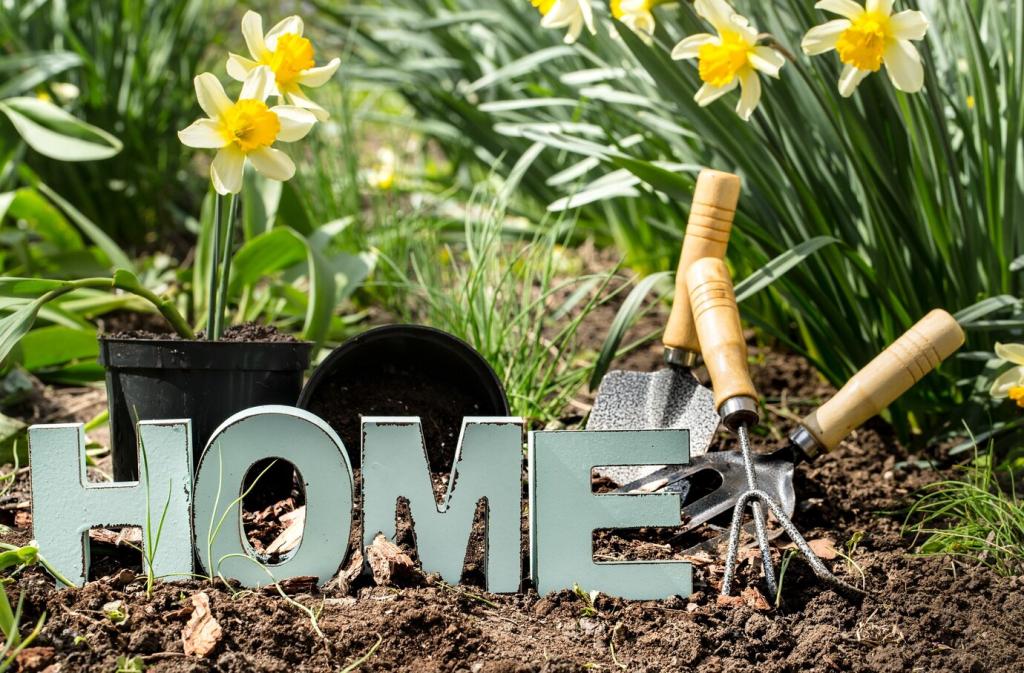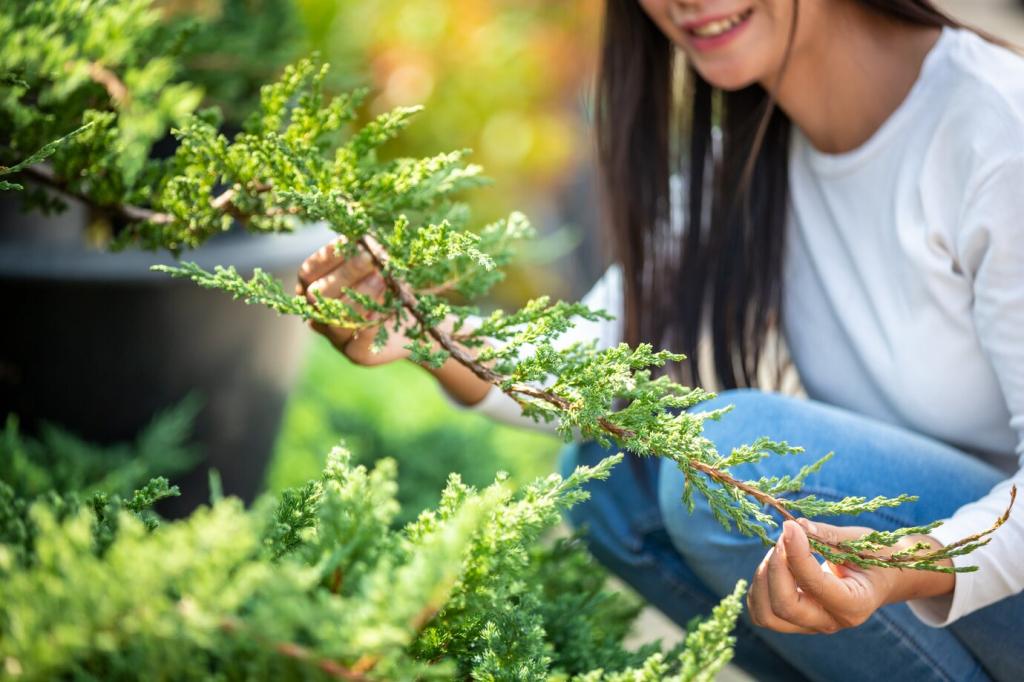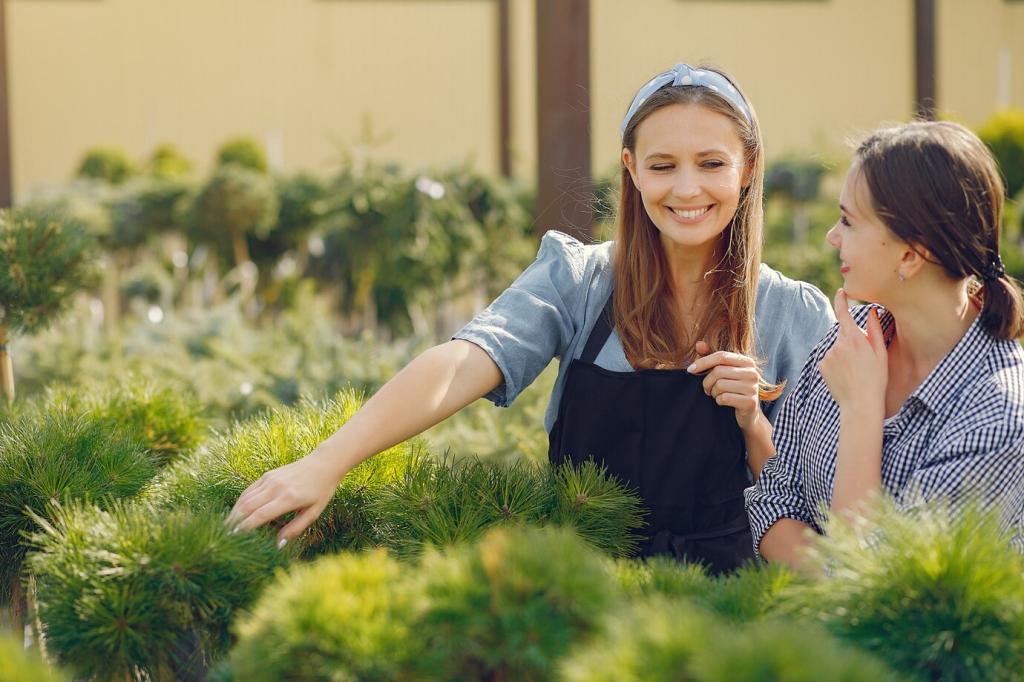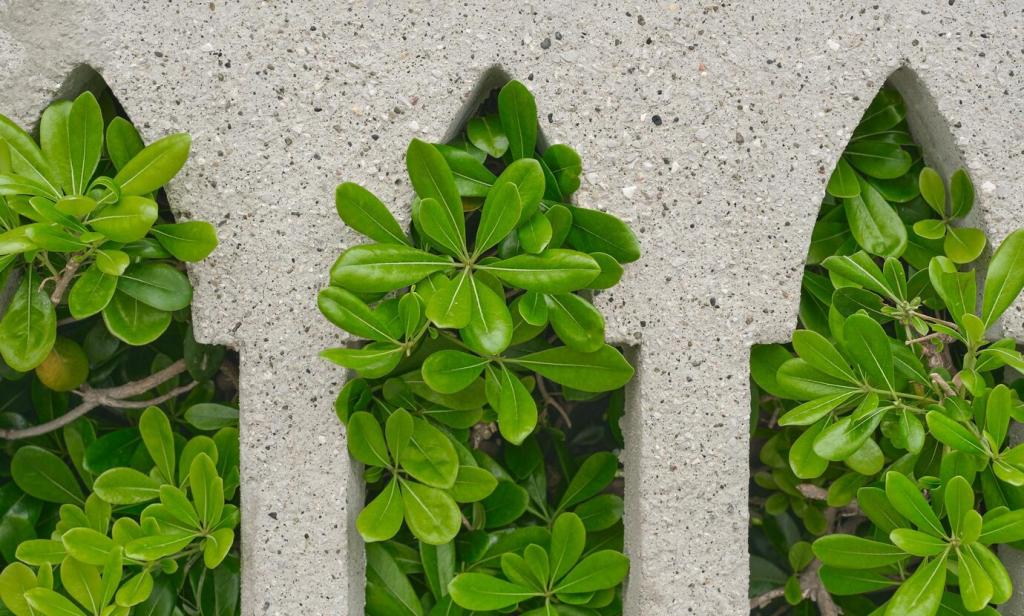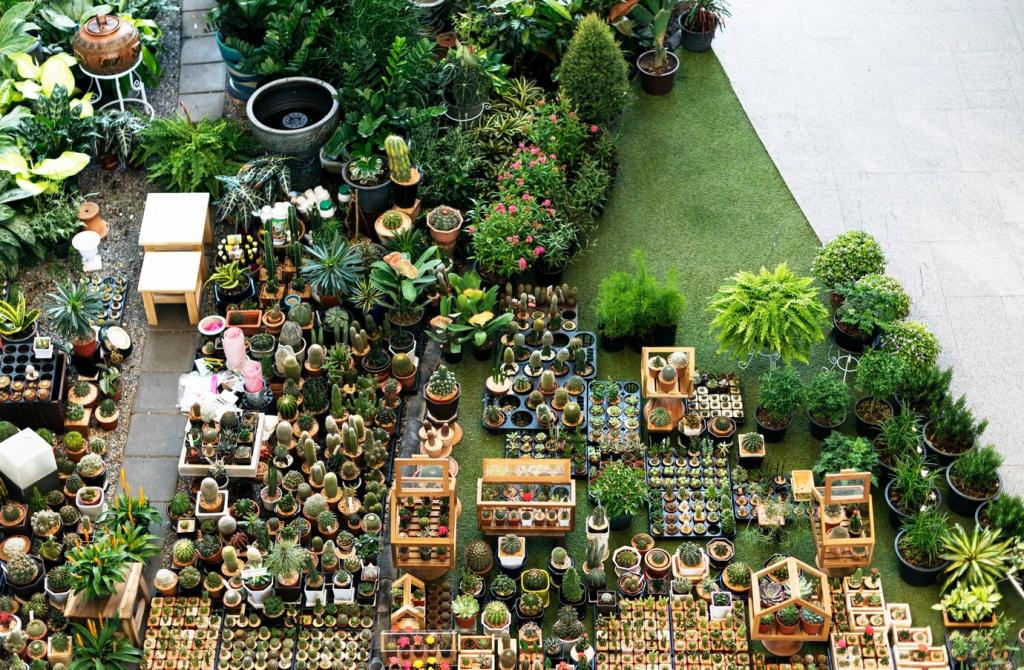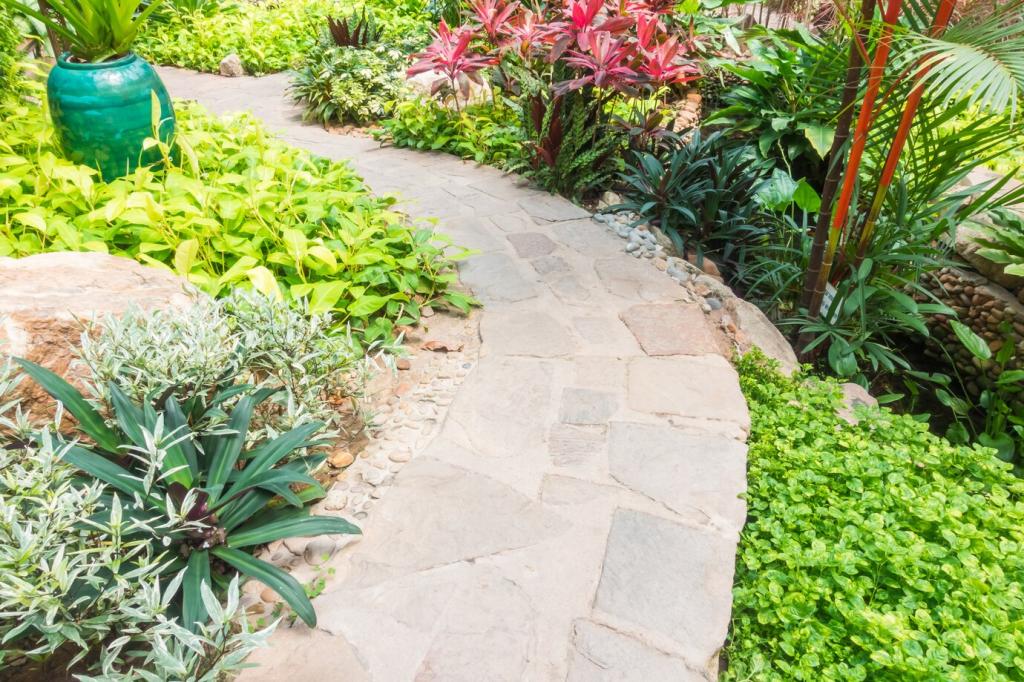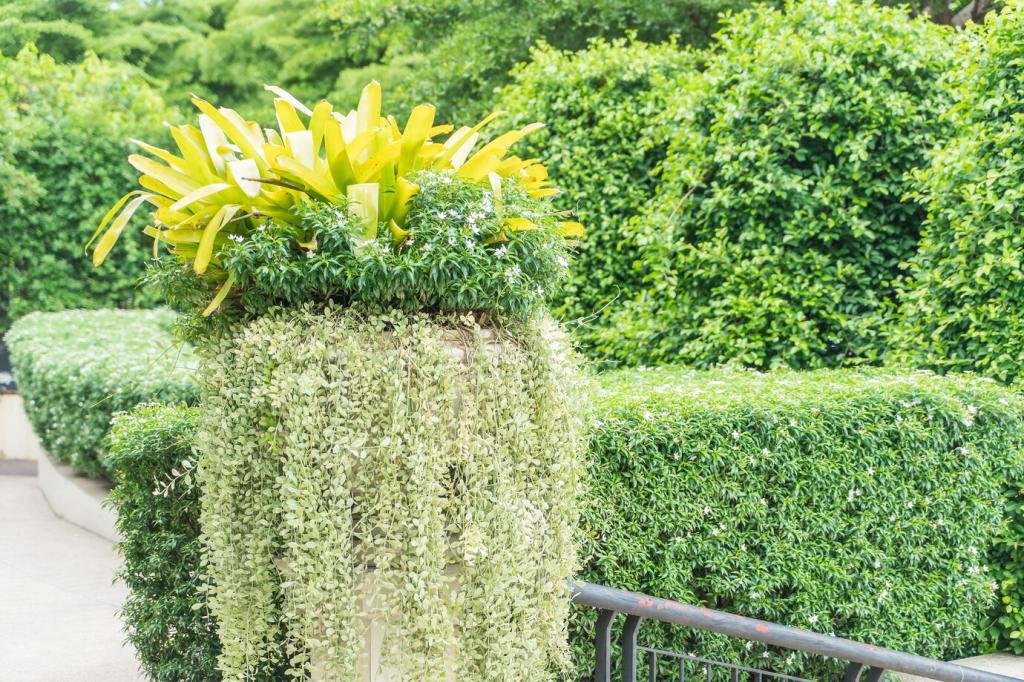Composting Fundamentals: Turning Waste into ‘Black Gold’
Aim for a roughly 25–30:1 carbon-to-nitrogen mix. Browns like dry leaves and shredded cardboard provide carbon; greens like kitchen scraps and grass clippings bring nitrogen. Keep a small bucket of leaves nearby to balance smelly greens on the fly.
Composting Fundamentals: Turning Waste into ‘Black Gold’
Compost should feel like a wrung-out sponge. Too dry slows microbes; too wet turns anaerobic. Turn piles for oxygen and monitor heat with a simple thermometer. Hot phases speed decomposition and can suppress many weed seeds when consistently maintained.
Composting Fundamentals: Turning Waste into ‘Black Gold’
Persistent smells signal imbalance. Add browns to fix excess greens, fluff with a fork for airflow, and chop materials smaller. Skip meat and oily foods in standard piles. Tell us your trick for keeping household compost tidy—best ideas get featured.
Composting Fundamentals: Turning Waste into ‘Black Gold’
Lorem ipsum dolor sit amet, consectetur adipiscing elit. Ut elit tellus, luctus nec ullamcorper mattis, pulvinar dapibus leo.


